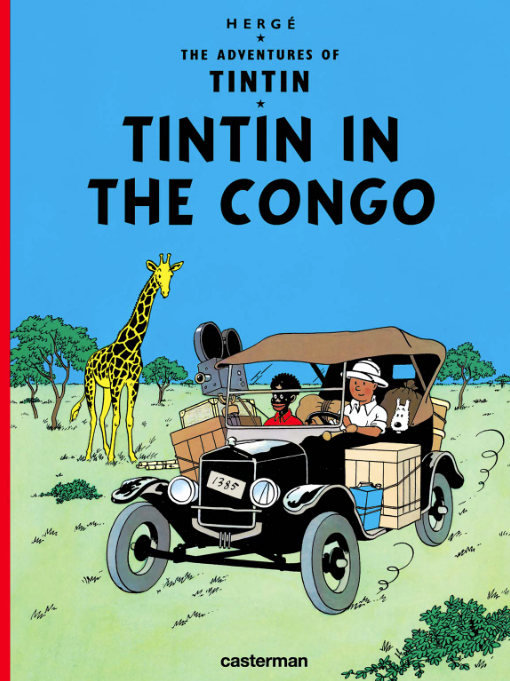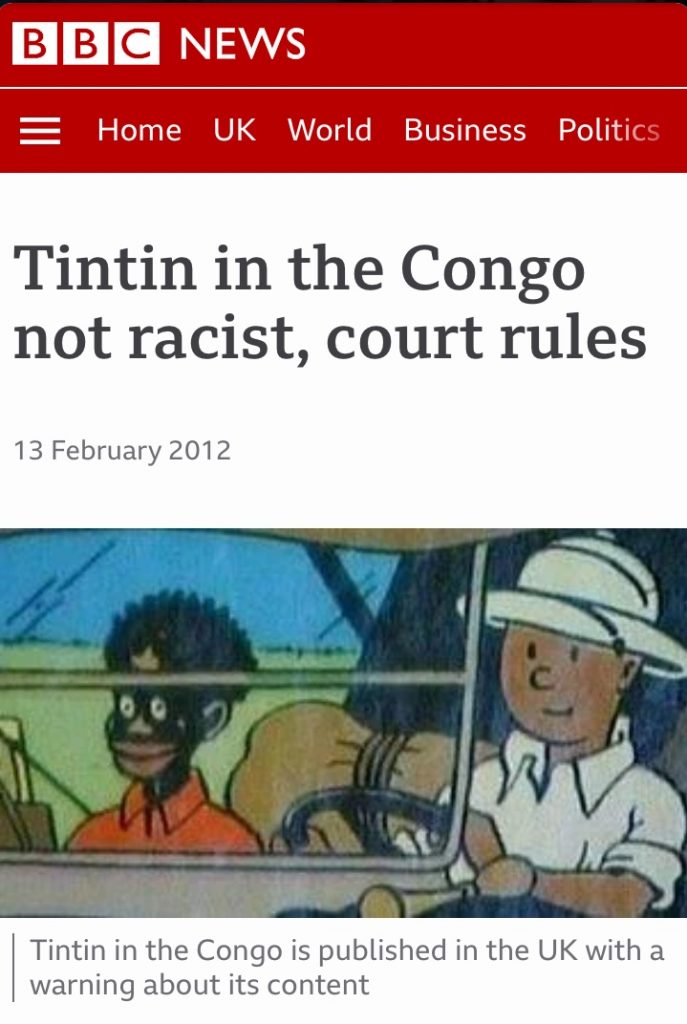

Interesting as much for its ‘issues’ as its strengths. Neither the best of Hergé’s artwork – the original edition; it has now been redrawn! – nor storytelling, Tintin In The Congo is most notable for the ways in which it reveals itself to be a product of its times.
The second Tintin adventure, following the anti-Communist propaganda of Tintin’s debut In The Land Of The Soviets, the modern version of Congo is so heavily redrawn that it doesn’t quite sit easily, visually speaking, in its ‘proper’ chronological place. Tintin’s body shape is a key giveaway: early unaltered strips have a less naturalistic feel, with a longer torso and strangely compressed legs.

I was very sad to discover that the version I have is, in an issue related to the redrawing, a somewhat sanitised or Bowdlerised one. Without spoiling it for you, whilst Tintin and Snowy do little to endear themselves to the conservation and wildlife movements, an infamously shocking rhinoceros/dynamite episode (from the early version) is, sadly in my view, toned right down.
The characterisation of native Africans is likewise potentially shocking to the modern viewer, belonging firmly to a bygone ‘golliwog’ era. But despite the rather patronising caricature approach, it’s largely (although not exclusively) the Europeans of the story who are actually the chief villains.
A mixed but interesting chapter then, and a curio worth having (and enjoying), in the extensive Tintin catalogue. Not the best, but nonetheless essential for any real Tintin fan.
